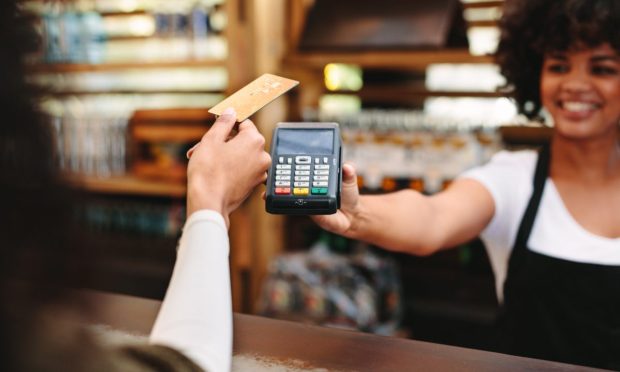Contactless Cards Dominate in UK as Mobile Wallets Poised to Increase

Contactless card usage is firmly entrenched in the U.K. and goes as far back as 2007, when the popular OnePulse was launched.
In fact, recent data from Barclays, one of the country’s biggest lenders, shows that the value of contactless payments spiked nearly 50% in 2022, with contactless spend averaging about £3,327 per user last year.
In all, a record 91.2% of all Barclays debit and credit card transactions were made using the technology, with Northern Ireland and Scotland emerging as the fastest growing regions for contactless usage in the U.K.
“The higher £100 limit, introduced at the end of 2021, really made its mark as shoppers flooded back to high streets following the easing of coronavirus restrictions, leading to a surge in transactions [last year],” Adam Lishman, head of consumer products at Barclays, said in the report.
Lishman added, “While checkout-free shopping is gradually becoming more prominent, thanks to improvements in mobile technology, in the short term it’s hard to see another payment method competing with contactless when it comes to both speed and ease.”
One of the payment methods that cannot seem to compete with contactless is mobile wallets. In fact, per the Barclays report, while mobile contactless transactions above £100 increased by 109% last year, it only accounted for 4.1% of the total value of all contactless transactions last year.
These findings align with data captured in a PYMNTS study on digital shopping preferences in the U.K, which following a survey of over 2,200 consumers and 620 merchants from across the country, revealed that British consumers are the “least mobile-centric” nation of the six countries studied — Australia, Brazil, Mexico, the UAE, the U.K. and the U.S.
The U.K. edition of PYMNTS’ 2022 Global Digital Shopping Playbook series also found that Brits are “16% less likely than the average consumer across the six countries studied to use their smartphones at any time for any reason during their shopping journeys, whether they are shopping online, in-store or a mix of both.”
This explains why mobile-assisted payments have yet to fully catch on with British shoppers as they have with consumers in other countries, but experts say that may soon change.
In a panel discussion reviewing the study findings, Denise Burkett-Stus, head of Cybersource Europe, pointed to survey data from the report showing that millennials and Gen Zs are twice and three times more likely, respectively, than the average U.K. consumer to pay via a mobile wallet like as Apple Pay or Click to Pay.
Harshna Cayley, head of online payments at Barclaycard Payments, added that the impact social commerce and influencers increasingly have on the shopping experiences of young consumers is a key driving factor behind the trend, which transcends the sole act of making payments.
“[Their experience] does not involve a physical card at all,” Cayley told PYMNTS. “It’s either a virtual card, a digital wallet or an integrated social commerce experience which has payments embedded in it. They don’t even need to think about payments.”
Learn more: Report: More Than Half of UK Card Payments Are Contactless
For all PYMNTS EMEA coverage, subscribe to the daily EMEA Newsletter

